Vietnam offers a remarkable blend of natural highlights and cultural diversity - from jagged mountain passes down to verdant paddy fields painted every shade of green on the palette - while Vietnam's long history and multicultural population with over 50 ethnic minority groups, will pique your curiosity at every turn. It's a country full of surprises and one of Southeast Asia's most underrated destinations and a true highlight of the region. Here is our list of the best places to visit in Vietnam.
Ba Be Lake National Park
Covering more than 23,000 hectares, the Ba Be National Park is a large tract of land that surrounds the largest natural lake in Vietnam. Encircled by steep limestone mountains up to 1554 m high the Ba Be Lake is 8 km long and 400 m wide, with a maximum depth of 35 m. Nearly 50 kinds of freshwater fish reside there.
A beautiful region, this area of limestone and lowland evergreen rainforest hosts more than 700 flora and fauna species. There are 3000 people living in villages on parkland belonging to the Tay, Dzao, and Hmong people.
Bach Ma National Park
Located in Central Vietnam, Bach Ma National Park covers an area of 22,031 ha and was created in 1991 to protect the centre of the last corridor of forest stretching from the South China Sea to the border with Laos. With steep mountains and dense forest, this area is home to a wide variety of animals and plants.
At the base of the mountains, there is a tropical monsoon forest, above 900 m the forest is subtropical. There are species from both the northern and southern areas of the country and Bach Ma is recognised as one of the bio-diversity centres of Indochina. The highest point in the park, Bach Ma mountain, is 1,450 m above sea level and only 18 km away from the coast.
Cao Bang
The small town of Cao Bang, the capital of the province of the same name, is situated high above sea level. The countryside in this area is regarded as being the most beautiful in the northeast and Cao Bang makes an ideal place from which to base your exploration.
Ban Gioc waterfall on the Chinese border is a beautiful spot that sees very few visitors. It is the largest waterfall in the country if not the highest. Not far is Pac Bo Cave (Water Wheel Cave), this cave has special significance for Vietnamese nationalists and revolutionaries as it was here that Ho Chi Minh re-entered the country in 1941.
Cat Tien National Park
Cát Tiên National Park (Vietnamese: Vườn quốc gia Cát Tiên) is an important national park located in the south of Vietnam, approximately 150 km north of Ho Chi Minh City. It has an area of about 720 km² and protects one of the largest areas of lowland tropical rainforests left in Vietnam.
Chau Doc
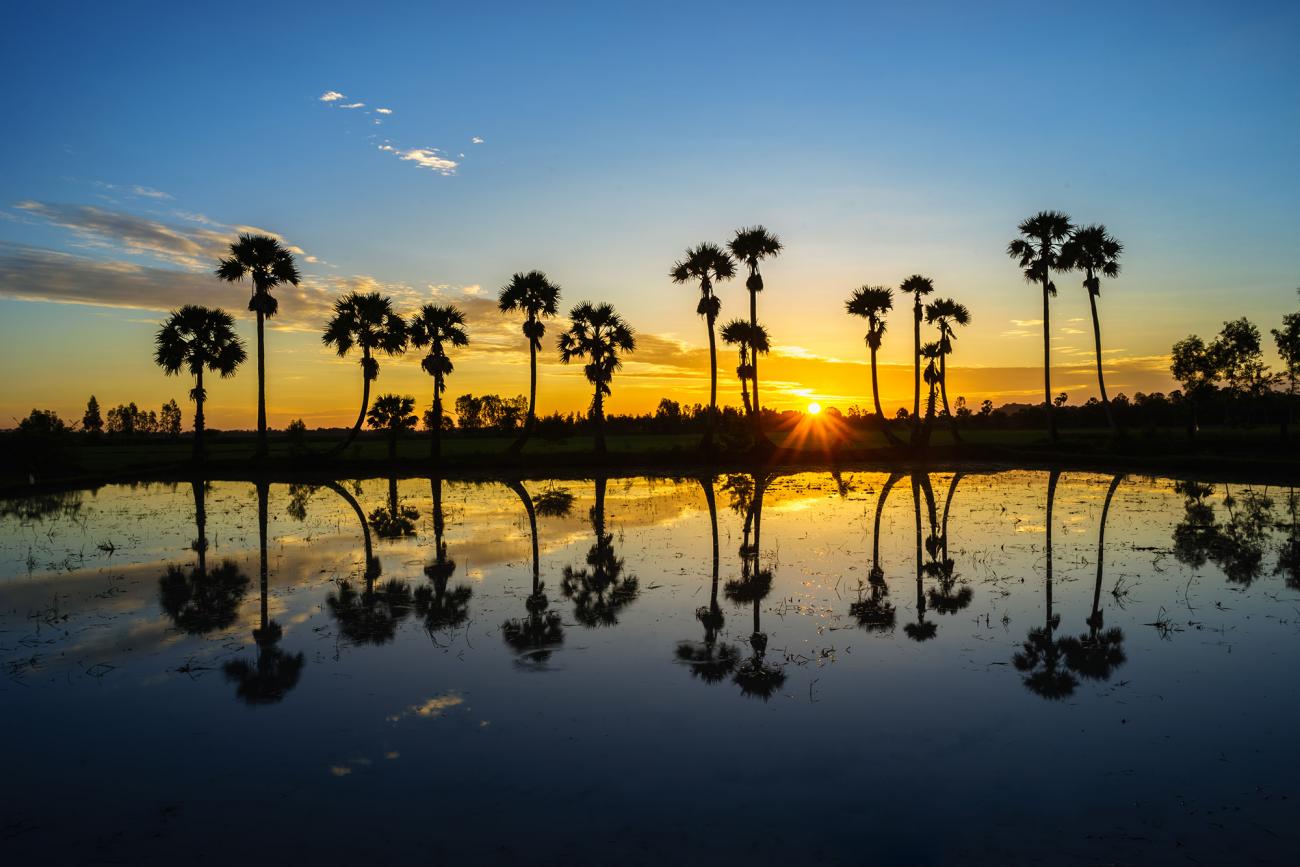
Situated on the banks of the Hau Giang River, Chau Doc is a culturally diverse town, with significant Chinese, Cham and Kmer communities. The town sees plenty of travellers travelling on the river route between Cambodia and Vietnam.
Whether you are travelling to Cambodia or not, Chau Doc is an amazing place to explore, with its temples, churches and close by pilgrim sites. The town is near the picturesque Sam Mountain and Tra Su Bird Sanctuary which are just some of the highlights to explore when visiting Chau Doc.
Dalat
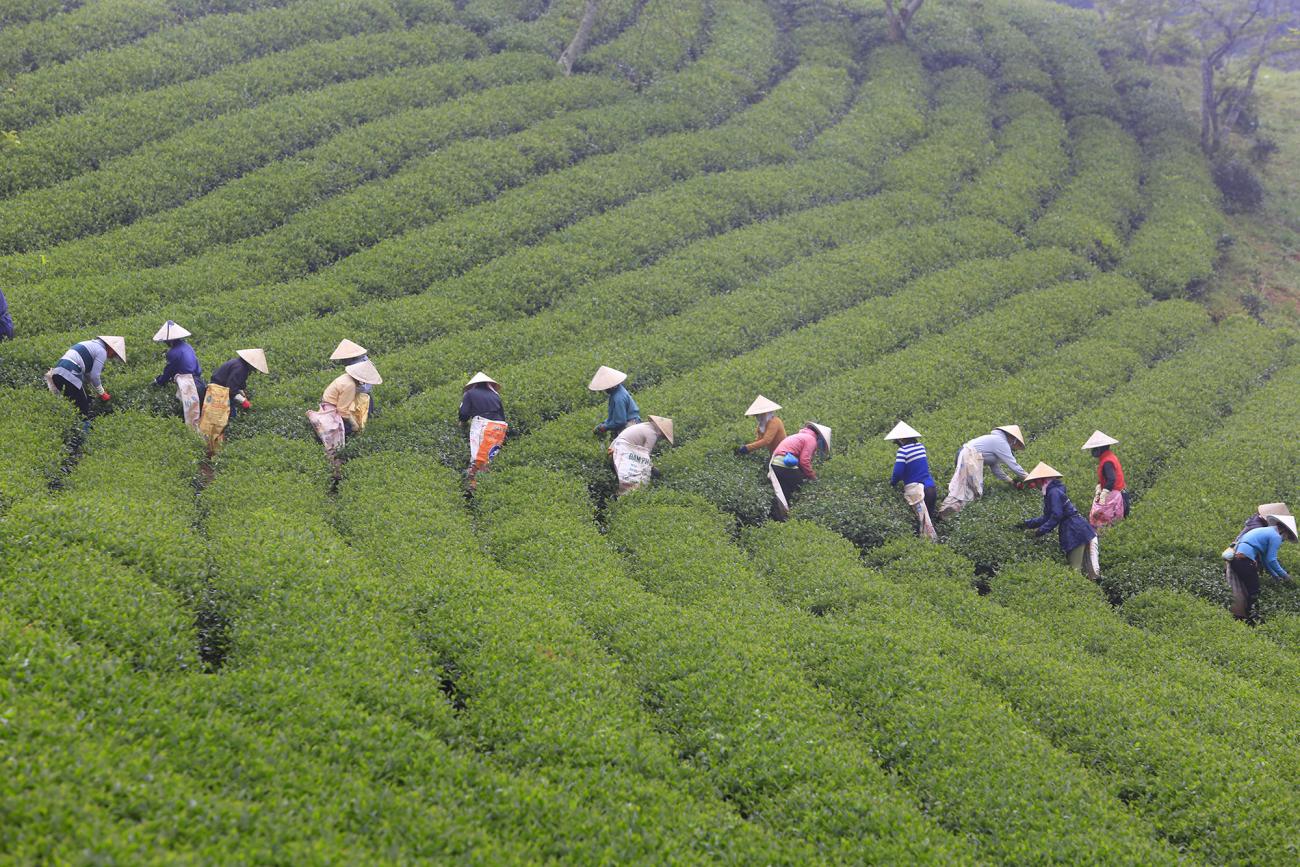
Set in Vietnam's picturesque Central Highlands, this quiet town boasts cool mountain air, some of the best-preserved French colonial architecture in Indochina, and stunning natural beauty. Year-round, temperatures hover around 20 degrees Celsius making this a favourite destination for outdoor enthusiasts. Established as a hill station at the beginning of the century, Dalat is reminiscent of an alpine town popular for its landscape of pine forests, rolling hills, tranquil lakes and French chalets.
Danang
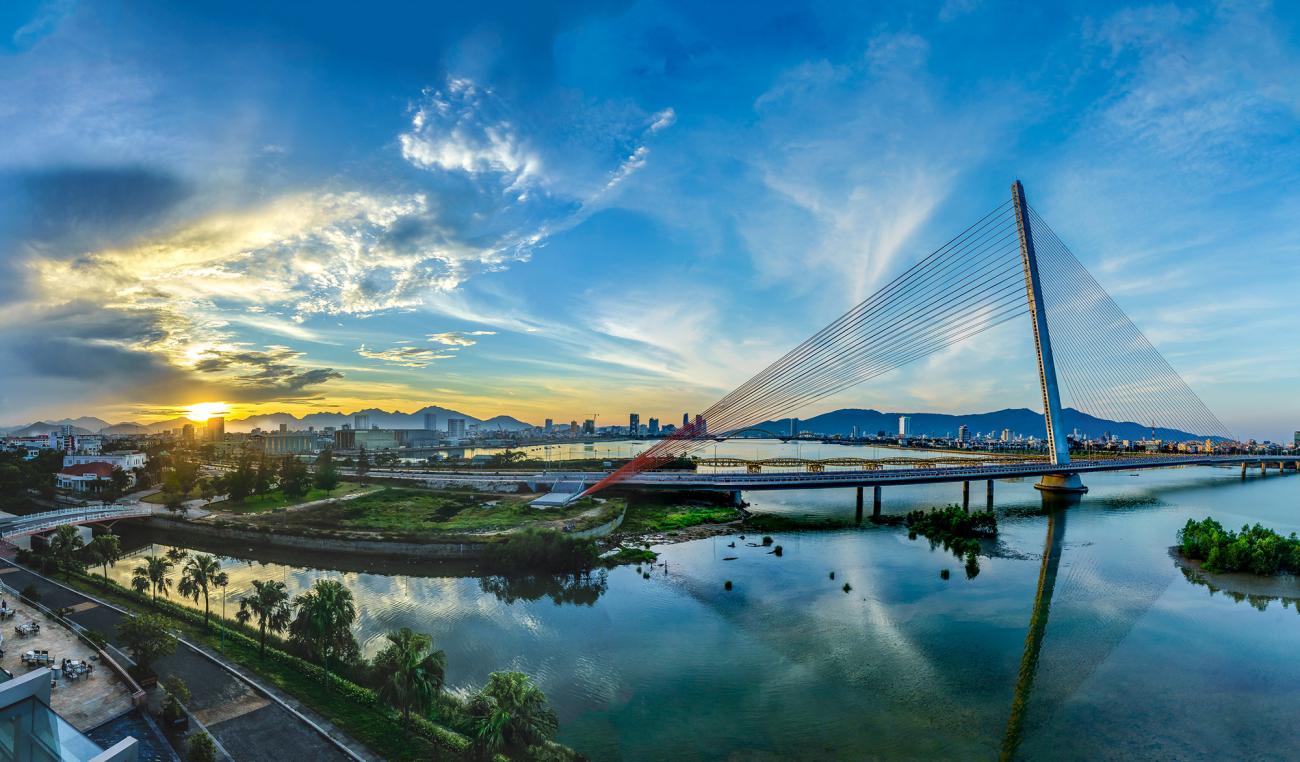
Vietnam's fourth-largest city is a busy seaport and booming commercial centre. During the American-Vietnamese war, it was the nerve centre of the US military machine. The city is located on the western bank of the Han River. This whole area was once part of the ancient Cham Kingdom and the city museum holds an internationally renowned collection of Cham artefacts and sculptures.
Danang Cathedral, built in 1923, serves a Catholic community of around 4,000 and there is a convent next door. Just outside the city is famous China Beach where US soldiers were sent for rest and relaxation during the Vietnam War. A short drive away are the Marble Mountains, five large rocky outcrops which have been used as places of Buddhist pilgrimage for centuries.
Ha Giang

Ha Giang is a secret paradise – the dreamy landscape is breathtaking. You're surrounded by rice fields and small limestone hills rising out of the ground. Quan Ba Pass (Heaven's Gate) 45km north of Ha Giang offers the perfect spot to view this unique scenery. Getting there is a day’s drive from Hanoi on decent roads or a rougher overland drive from Sapa.
Halong Bay

Designated a UNESCO World Heritage Site, Halong Bay is one of the natural marvels of Vietnam, with over 3000 limestone islands rising from the emerald green waters of the Gulf of Tonkin. Entrancingly shaped by nature, the islands have gained names such as “where the dragon descended into the sea and the only way to explore these secret islands is by boat.
Hanoi
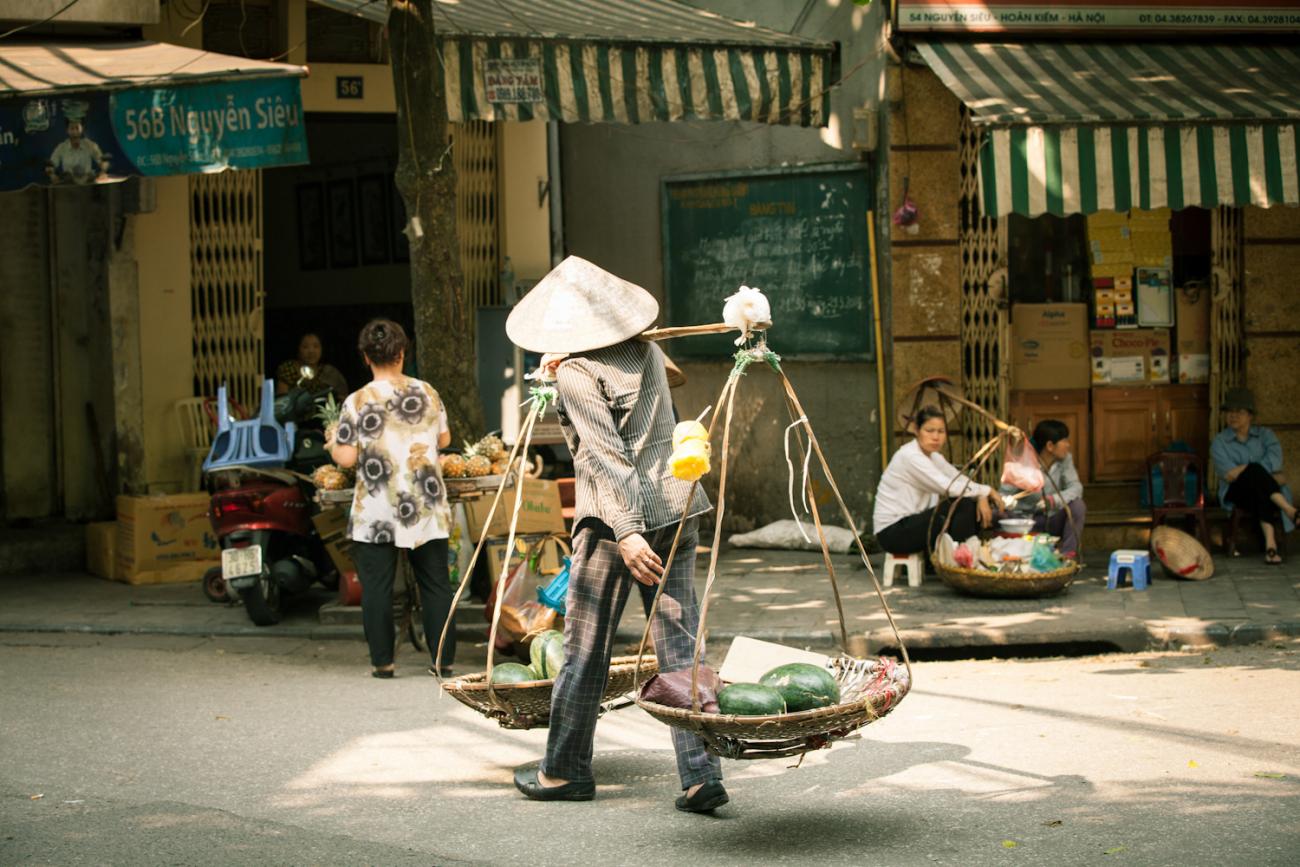
Hanoi, Vietnam's capital has a slow and pleasant pace, unlike most cities of the region. An amazing example of the ever changing faces of Vietnam, Hanoi reveals its past, whilst pushing towards a 21st century future. Tree lined boulevards, parks and French-colonial architecture cohabit with temples, monuments and the historical narrow streets of the Old Quarter.
Ho Chi Minh City
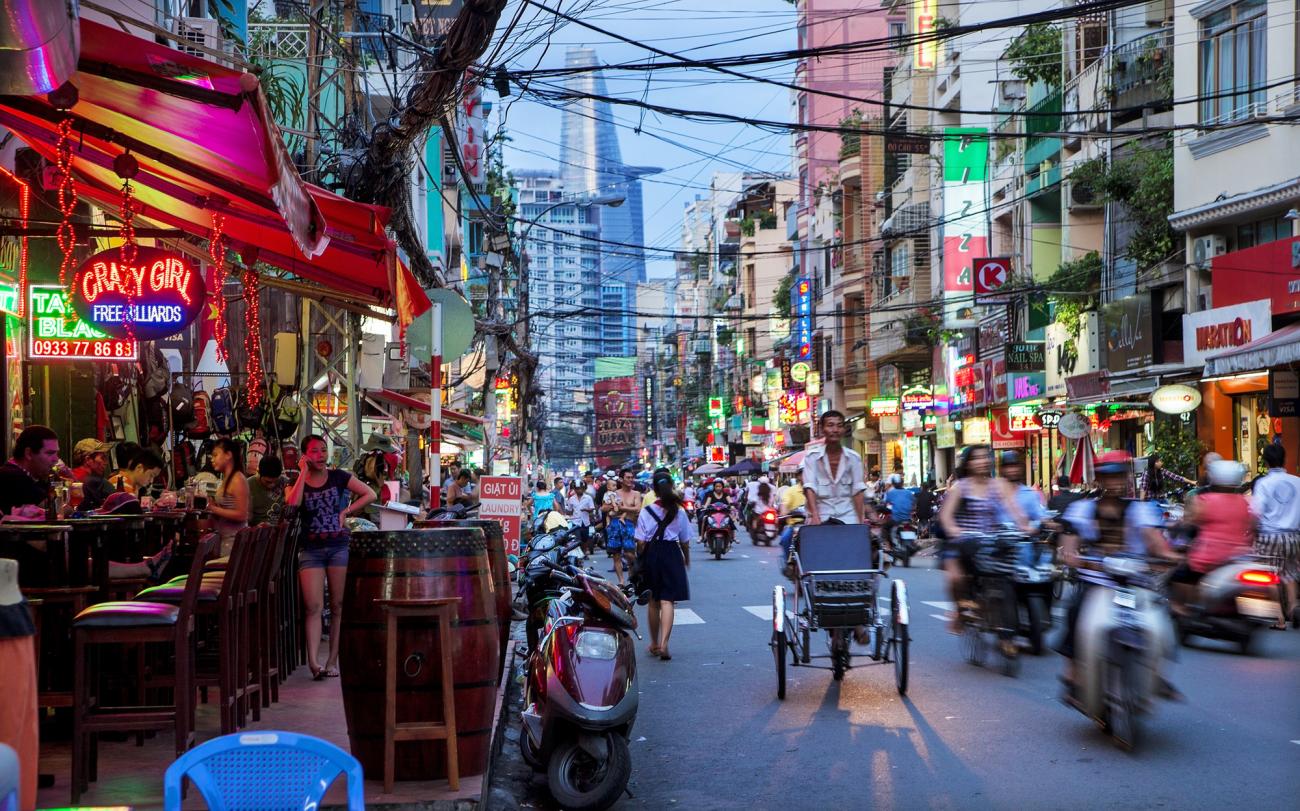
In the south of the country lies Ho Chi Minh City, the largest city in Vietnam. Formerly called Saigon it was renamed after the American withdrawal and is a city of never ending action. Its population of five million people range from businessmen to monks, its traffic from pedicab to Mercedes; it is a fascinating contrast of ancient culture, communism and modern day consumerism.
Hoi An
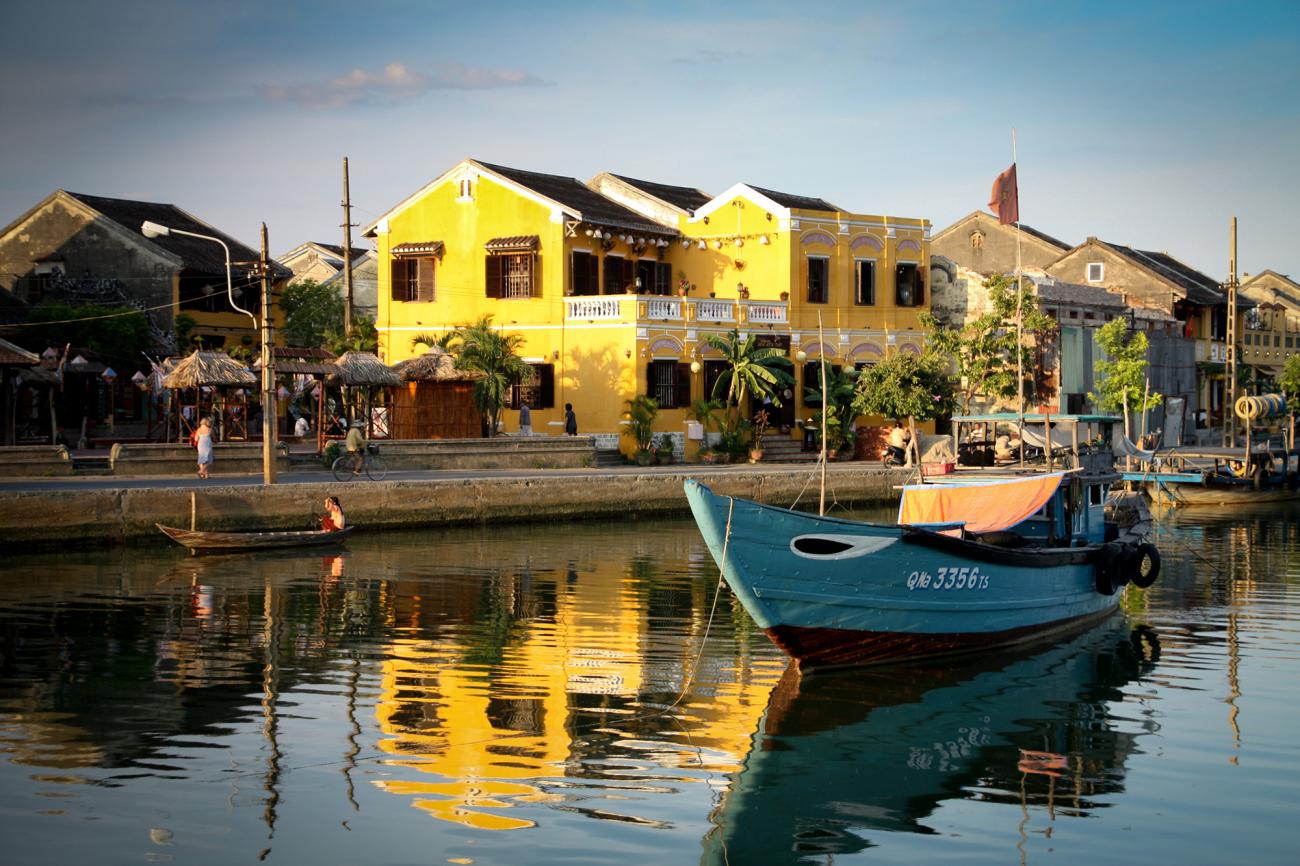
Once a busy international trading port, receiving ships from around the world, Hoi An is without doubt one of Vietnam's treasures and a highlight of any visit to this southeast Asian country. Now a delightful small market town, known throughout the region for its beautiful silk paintings, Hoi An Ancient Town has been declared a World Heritage Site by UNESCO. The local market sells fish straight from the South China Sea and you can witness nimble fingered tailors at work in the adjoining streets.
Hue
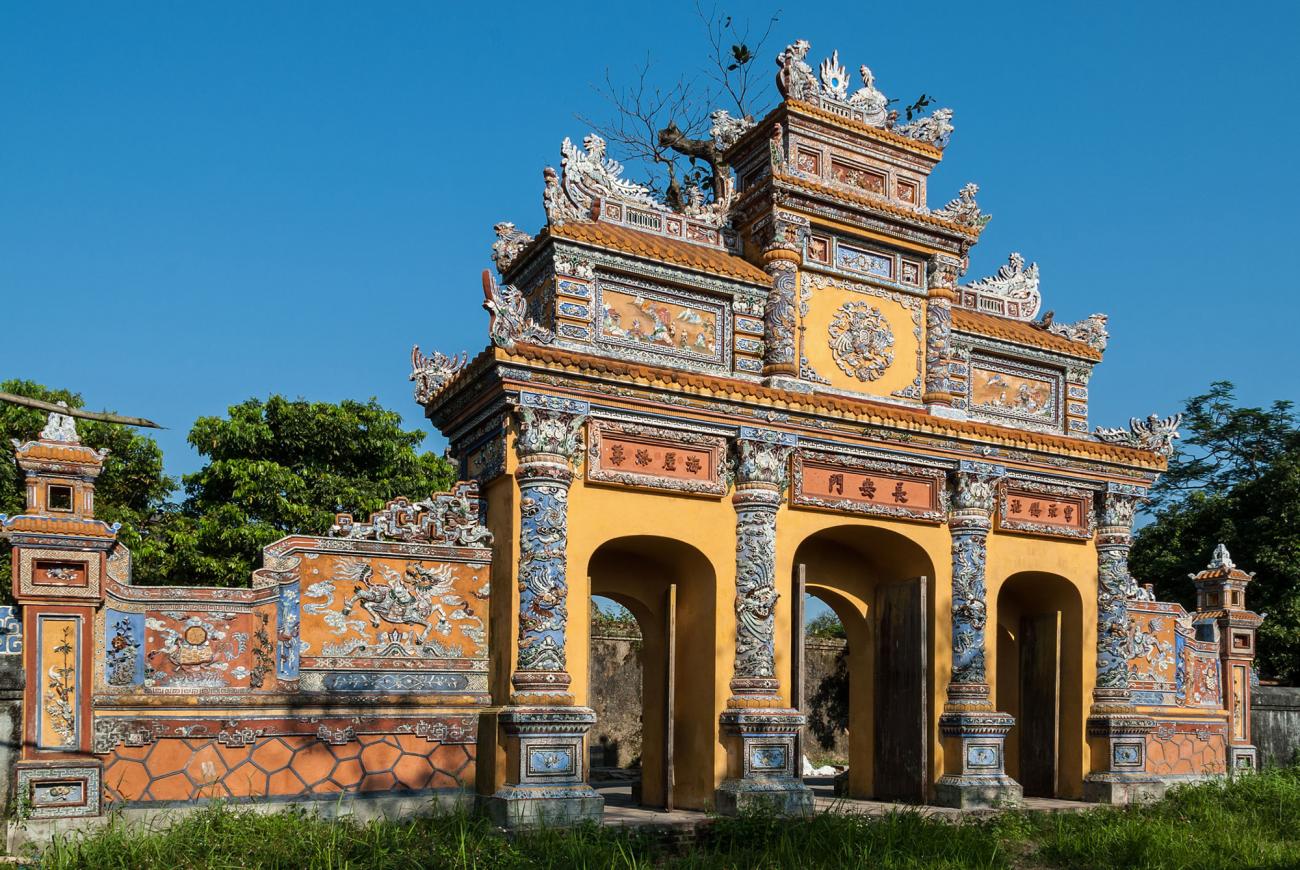
The traditional religious, cultural and educational centre of Vietnam, Hue is built upon the banks of the Perfume River and is an important trade centre surrounded by rice fields. Hue was the capital of Vietnam, the feudal sovereignty, from 1744 when the Nguyen lords controlled all of southern Vietnam, until 1945 when the last emperor abdicated. The city was severely damaged in 1968 during the American war, when house-to-house fighting lasted for weeks, but many architectural gems remain and are well worth a visit.
Lan Ha Bay
While the administrative boundaries place Lan Ha Bay within Hai Phong Province (not Quang Ninh Province, to which Halong Bay belongs), the similarity in its formations, with some 400 islets scattered over the area, means that locals and tourists alike mutually acknowledge it as a part of the vast Halong Bay zone.
Unlike its famous neighbour, Lan Ha Bay reserves a more pristine scenery with an intense concentration of limestone mountains, which the sea surface has partitioned into smaller bays and gulfs. With over a hundred beautiful, small beaches lying at the feet of the mountains, there is no problem finding a good spot for swimming, organising a private beach BBQ, or an overnight camp. Just imagine, after a long day of exploration in caves and grottoes, you can totally relax.
Lang Son
Situated up in the mountainous north-east region of the country the medium-sized town of Lang Song is close to the Chinese border and was partially destroyed by invading Chinese forces in 1979. The area is home to Nung, Tho, Man and Dzao Montagnards who continue to live a very traditional way of life.
Just outside the town is the Tam Thanh Cave, this huge cavern has a pool of water and a Buddhist altar inside. Next door are the ruins of the Mac Dynasty Citadel that date back to the 17th century. Also worth seeing is the Buddhist Tien Pagoda and the local Dong Kinh Market.
Lao Cai

This mountainous region is situated in the North of Vietnam and is populated by numerous ethnic minorities. Although traditional economic activities are still of great importance, tourism is a growing source of income. The highest mountain in Vietnam, the Fansipan, can be found here amongst stunning scenery, beautiful terraced rice fields and lush rainforest. The diverse cultures and unspoilt landscape make this a brilliant area to explore and a great place to discover a unique side of Vietnam.
Mai Chau
Mai Chau is located 135 km southwest of Hanoi in the Northern province of Hoa Binh. Mai Chau has a population of about 47,500 inhabitants that belong to different ethnic minority groups such as the White Thai, Hmong, Zao, Muong, Tay, Hoa and Viet. The Mai Chau hill tribes are warm and welcoming and famous for their handicrafts - in particular for their skills in embroidering clothes.
Mai Chau offers a splendid vista of the valley which is surrounded by lush green forests and stilt houses inhabited mainly by the White Thai ethnic group. The Sunday market brings a lot of people into town where traditional Thai dishes are made and folk revel in traditional dances.
Mekong Delta
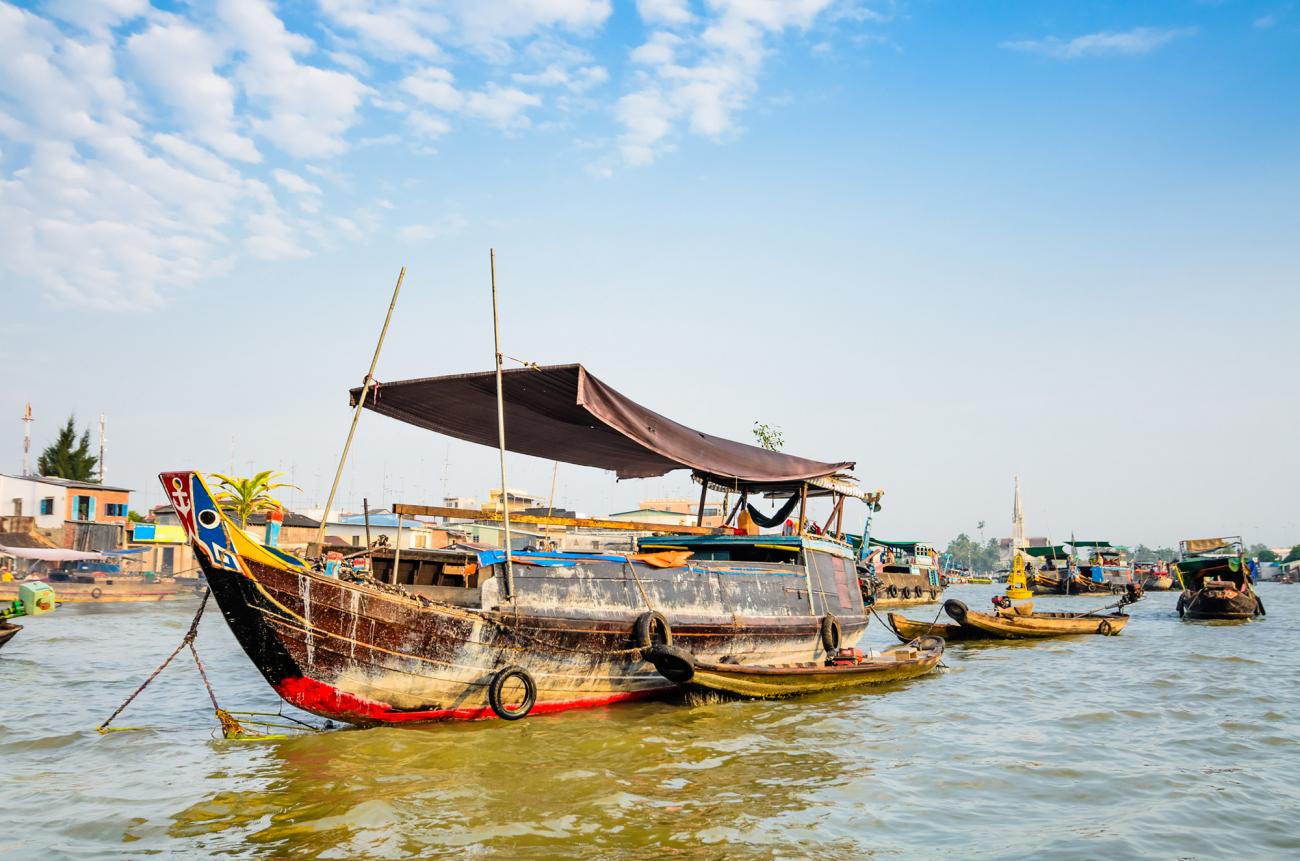
Starting over three miles above sea level high on a Tibetan plateau, the mighty Mekong River sweeps its way through China, forms the western border between Laos and Thailand, and passes through Cambodia, before forming the vast Mekong Delta in southern Vietnam. This area is very lush and full of life, with rice paddies, mangroves, and floating markets that can be explored by boat. Can Tho is the most popular destination for travellers to use as a base, as it's close to the floating markets of Phong Dien and Cai Rang, while boat trips from Ca Mau allow you to explore the U Minh Mangrove Forest and Cau Mau Nature Reserve.
Mui Ne
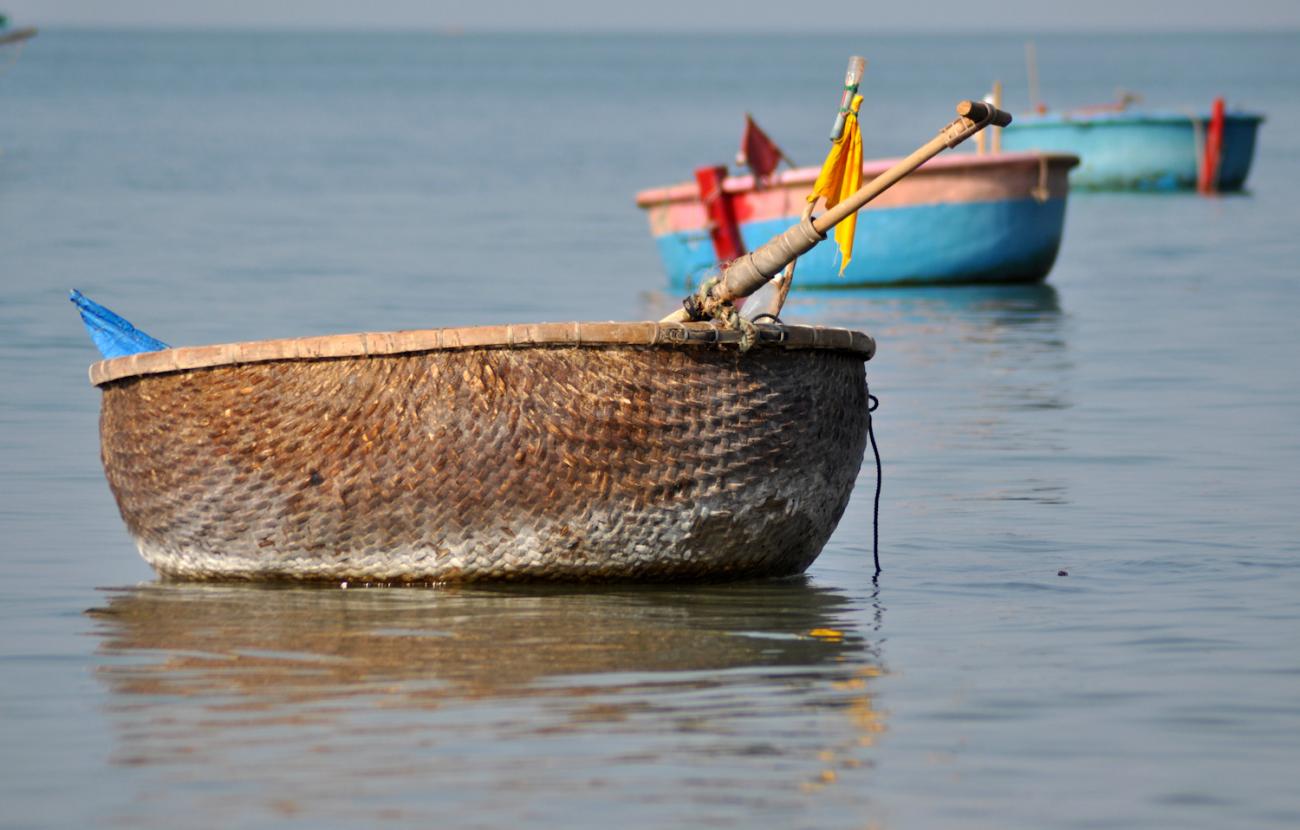
Surrounded by miles of deserted golden sands, this stunning stretch of coastline makes an idyllic spot. With mile after mile of palm-shaded golden sand lapped by clear waters, Mui Ne encapsulates all the magic of the South China Sea.
There is more than 16 km of pristine white sand beaches, bordered by coconut trees with the famous Red and White Sand Dunes as background, Mui Nei is also a traditional Vietnamese village with hundreds of colourful traditional fishing boats. There are also breath-taking landscapes such as Suoi Tien (Fairy Spring), the Ong Hoang Building and the Poshanu Cham Tower.
Nha Trang

Nha Trang is a popular beach resort north of Ho Chi Minh City, the waters are warm and clear and there are excellent opportunities for snorkelling and scuba-diving.
Ninh Binh
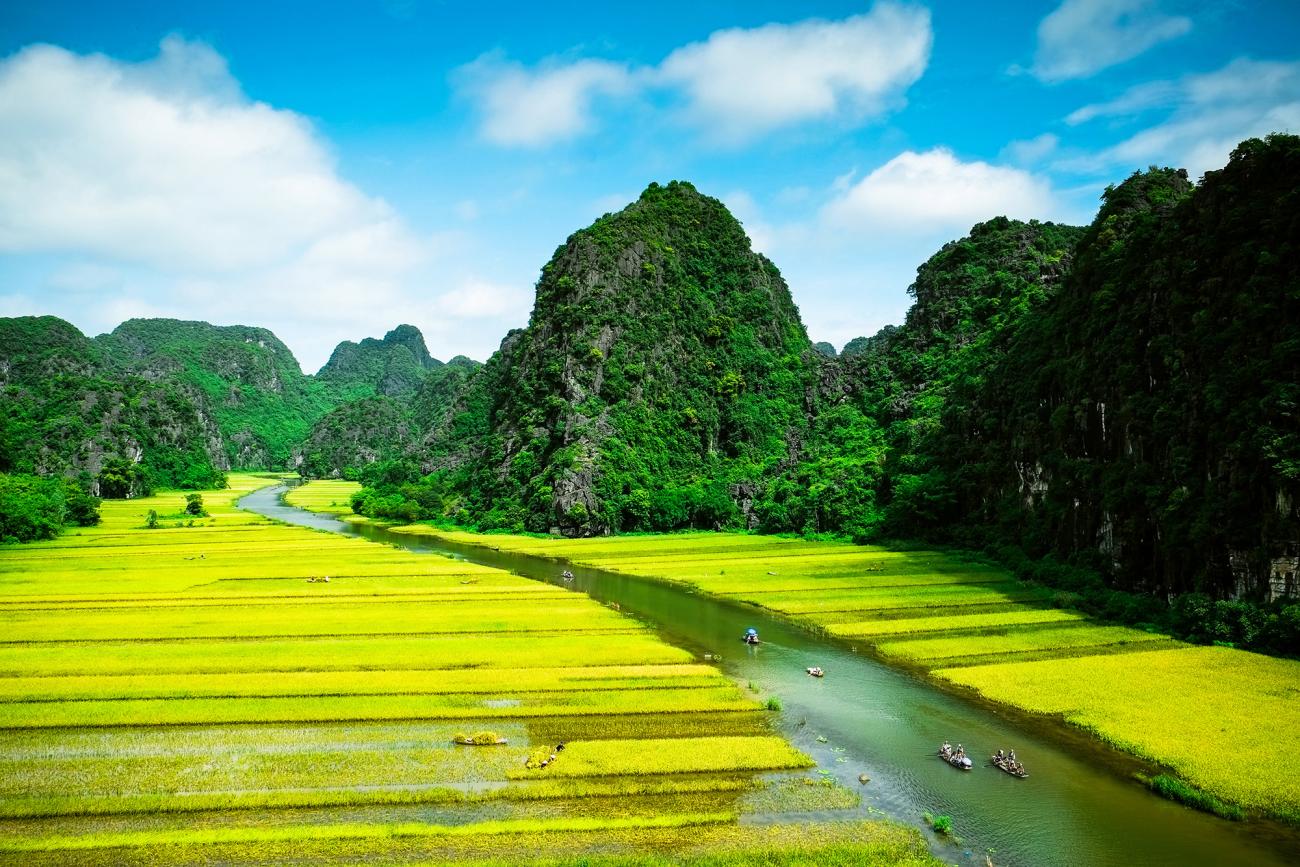
Ninh Binh is deep in the Red River Delta in Northern Vietnam and is characterized by lotus flower lakes, towering limestone mountains, vast rice paddies and evergreen untouched forests. Boat trips are a wonderful way to see the spectacular scenery for which the region is famed.
Phu Quoc Island
Phu Quoc Island is one of the unspoiled destinations in Southeast Asia, its mountains and hills covered by primary forests and ringed with white sandy beaches. Phu Quoc Island is situated in the Gulf of Thailand and Vietnam Airlines operates 4 flights every day between Phu Quoc and Ho Chi Minh City. Alternatively, there are regular speed boat and high-speed catamaran services between the island and the mainland.
Pleiku
With its almost always foggy atmosphere and cool evenings, the little-visited market town of Pleiku, situated in the lush scenery of the Central Highlands, is the perfect base from which to discover remote ethnic peoples. Pleiku is the capital of the Gia Lai Province and it was strategically important during the war. It was a North Vietnam Army attack on Pleiku that prompted Lyndon Johnson to authorise the 'Operation Rolling Thunder', a campaign of sustained heavy bombing. It was also the site of the war's first conventional battle.
When Buon Ma Thuot fell to the North Vietnam Army, the South Vietnam Army abandoned Pleiku, leaving it little more than a ruin. After the war, it was rebuilt with USSR assistance, so the Soviet influence is hardly surprising.
Sapa
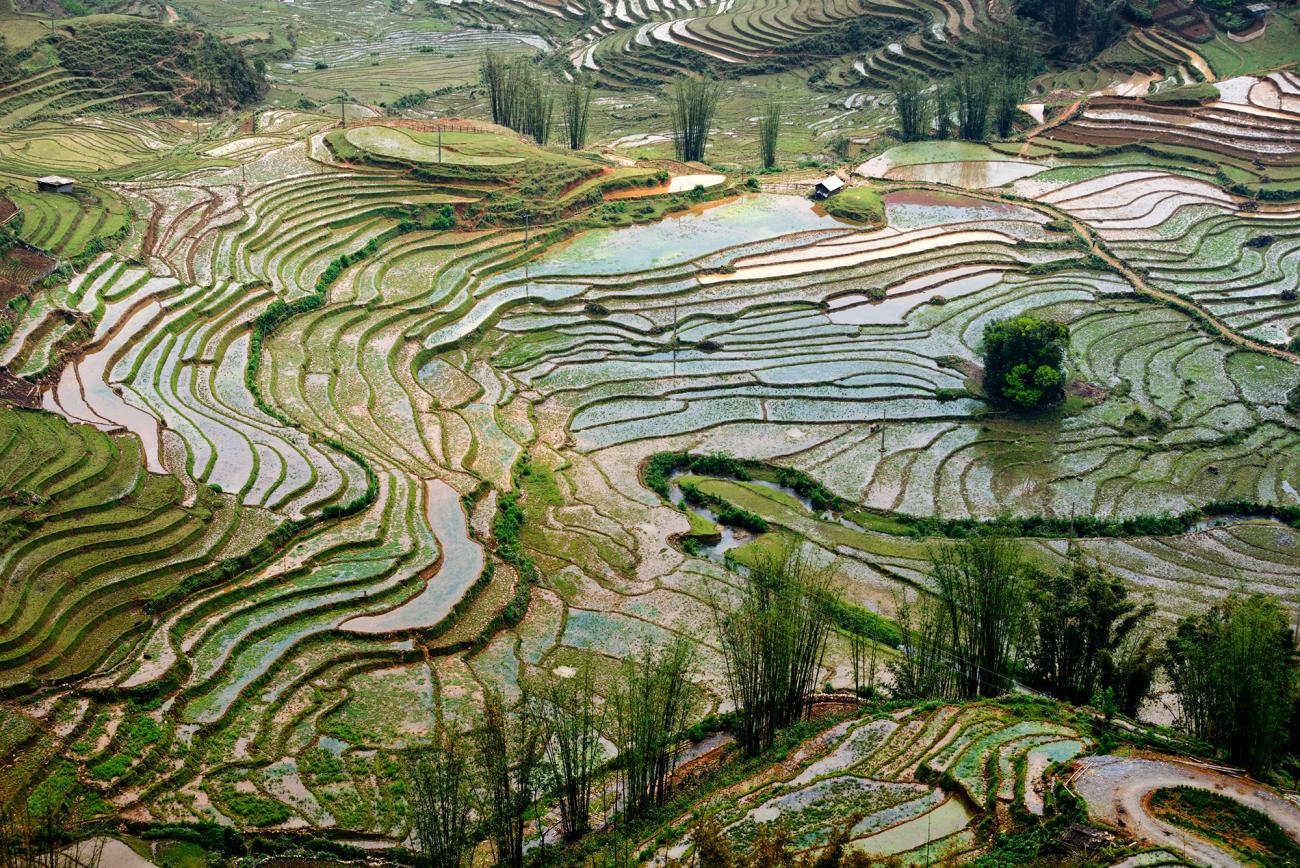
A remote land littered by a patchwork of diverse ethnic groups, each with its own unique, and rich culture, Sapa was originally built as a hill station by the French in the 1920s. Situated in the sweeping valleys near the Chinese border, Sapa is an incredibly picturesque village that sits at an elevation of 1600 metres - giving it a cool climate.
The members of the Black Hmong ethnic minority are very present in town and other ethnic minorities come to the weekly market to trade their wares. Today, Sapa still attracts visitors for its stunning scenery, comfortable climate, colourful markets, and a variety of ethnic hill tribes who live in nearby villages.
Sin Chai
Sin Chai is a traditional village located near the town of Sapa and surrounded by the mountains of Northern Vietnam. It is populated by the Yao ethnic minority who are distinctive for their beautifully embroidered clothes, bright red turbans and eye-catching jewellery. This is another perfect location for trekking and discovering the diverse culture of Northern Vietnam.